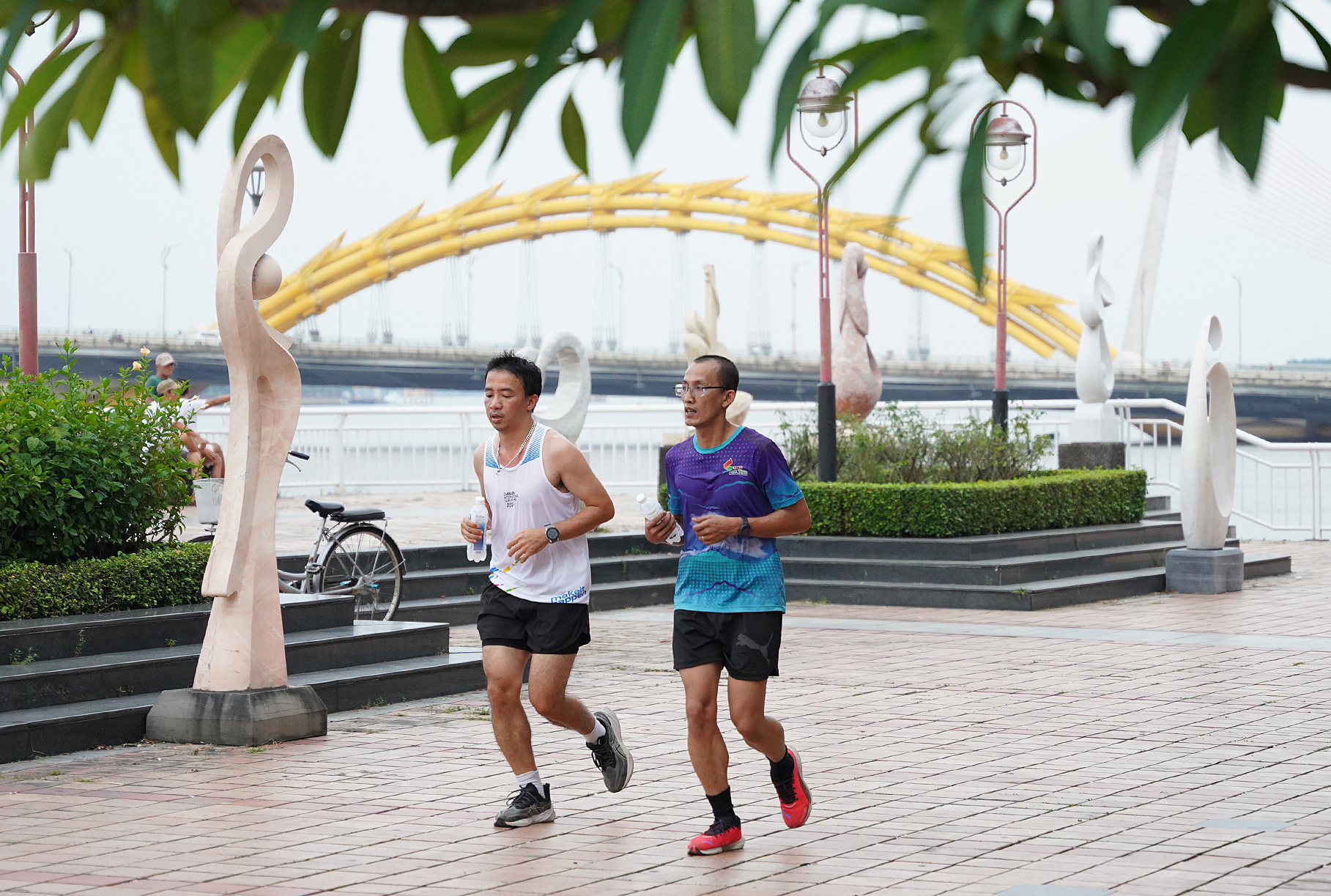Exercise helps prevent disease, prolongs life, and enhances quality of life. However, in recent years, there have been numerous cases of strokes, cardiac arrests, and sudden deaths during exercise.
Dr. Bui Pham Minh Man, from the University of Medicine and Pharmacy Hospital in Ho Chi Minh City, offers advice on how to exercise safely and effectively for heart health.
Monitor your heart rate
One of the most important principles of exercise is monitoring your heart rate. It directly reflects your body's exertion level. Overexertion forces the heart to work harder to pump blood, increasing the risk of arrhythmia, myocardial ischemia, or sudden cardiac arrest, especially in individuals with underlying, undiagnosed conditions.
According to the American Heart Association (AHA), warning signs to watch out for during exercise include: chest pain, sudden shortness of breath, dizziness, irregular heartbeat, cold sweats, and nausea. If you experience any of these symptoms, stop exercising immediately and seek medical attention.
Each person has a different safe heart rate threshold, depending on age and physical condition. A common formula for maximum heart rate is 220 minus your age. During exercise, you should maintain a heart rate between 50% and 85% of your maximum heart rate.
For example, a 40-year-old should maintain a heart rate between 90 and 153 beats per minute during exercise. Using a smartwatch or heart rate monitor can help you continuously track your heart rate and detect any abnormalities promptly.
 |
People exercising along the Han River, Da Nang, 5/2024. Photo: Nguyen Dong |
People exercising along the Han River, Da Nang, 5/2024. Photo: Nguyen Dong
Hydrate properly
Besides monitoring heart rate, it's crucial to address dehydration and electrolyte loss during exercise. When your body exerts itself, especially in hot and humid weather or during high-intensity workouts, you lose a significant amount of sweat, along with sodium, potassium, and other important electrolytes. Replenishing only with water, without electrolytes, can lead to muscle cramps and fatigue.
For workouts under an hour, drinking water is usually sufficient. However, for longer workouts or when sweating heavily, consider electrolyte drinks.
According to Dr. Man, exercise routines and hydration needs vary significantly across different age groups.
Children and adolescents have underdeveloped thermoregulatory systems, making them susceptible to heatstroke if they engage in strenuous activity under intense sunlight without adequate hydration. Adults, even those in good physical condition, should avoid frequent overexertion, as it can cause heart rhythm disorders or overtraining syndrome.
Older adults experience a decreased thirst sensation, making them prone to dehydration without realizing it. They also have a slower recovery rate after exertion. Those with underlying conditions like high blood pressure, heart failure, or kidney disease should consult their doctor for specific guidance on hydration and electrolyte intake to avoid exacerbating their condition.
Listen to your body
A common misconception is that "the more you exercise, the better." In reality, excessive exercise can harm your cardiovascular and immune systems.
The World Health Organization (WHO) recommends that adults get at least 150 minutes of moderate-intensity or 75 minutes of vigorous-intensity exercise per week, combined with muscle-strengthening activities at least twice a week. Prolonged high-intensity training every day is not recommended unless supervised by a qualified trainer and with close medical monitoring.
Dr. Man advises that proper exercise involves listening to your body, exercising within your limits, maintaining a regular routine, and getting enough rest for recovery. Always warm up thoroughly before exercising and cool down afterwards. For those with a history of heart disease, diabetes, or obesity, a medical checkup before starting any exercise program is essential.
My Y












